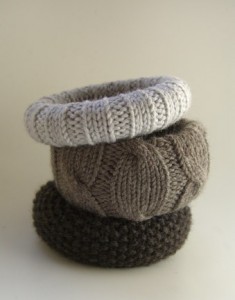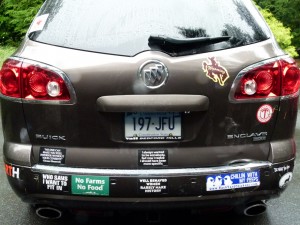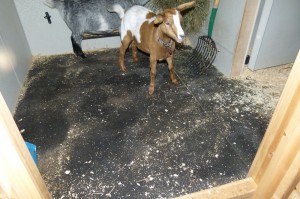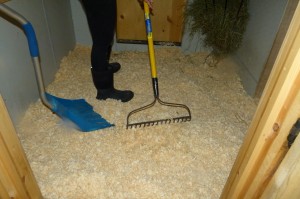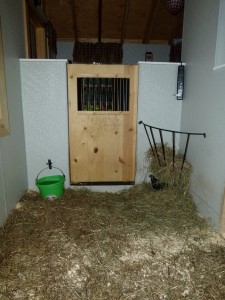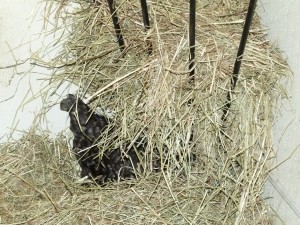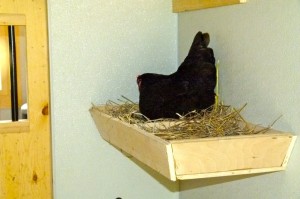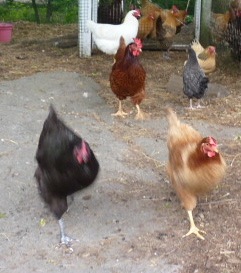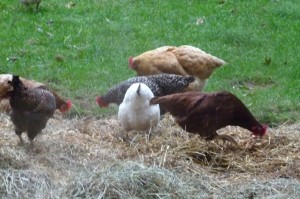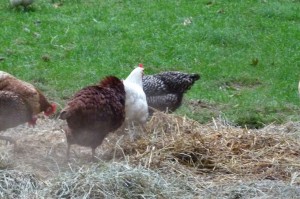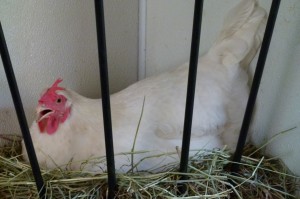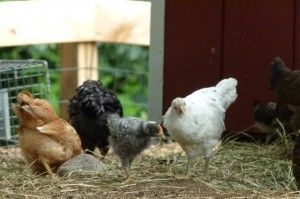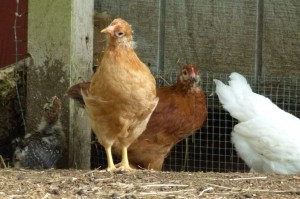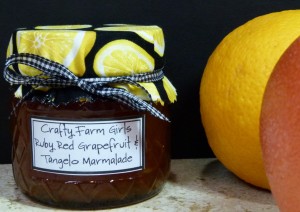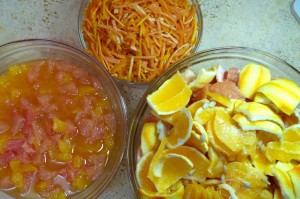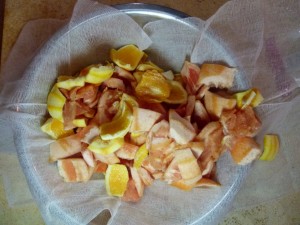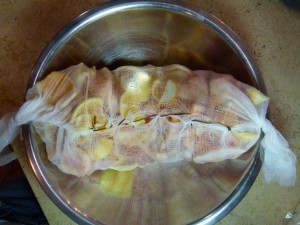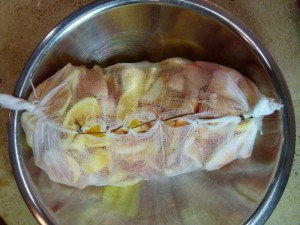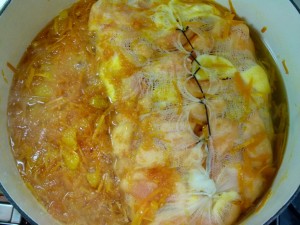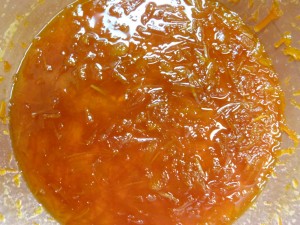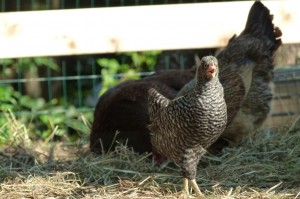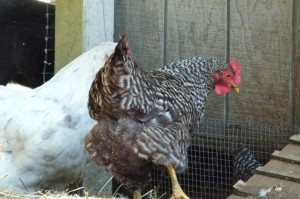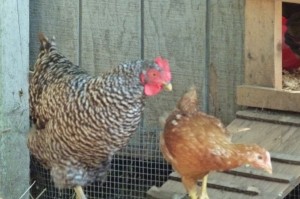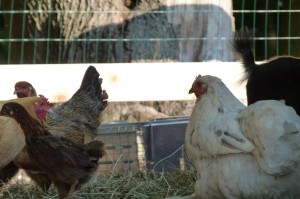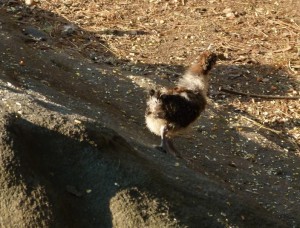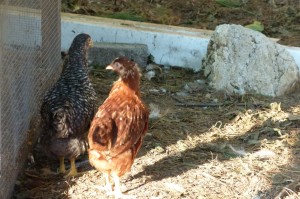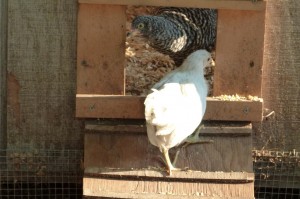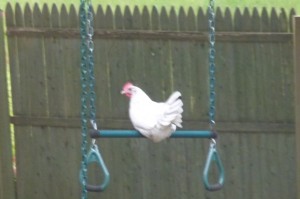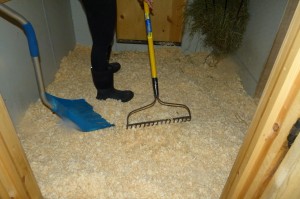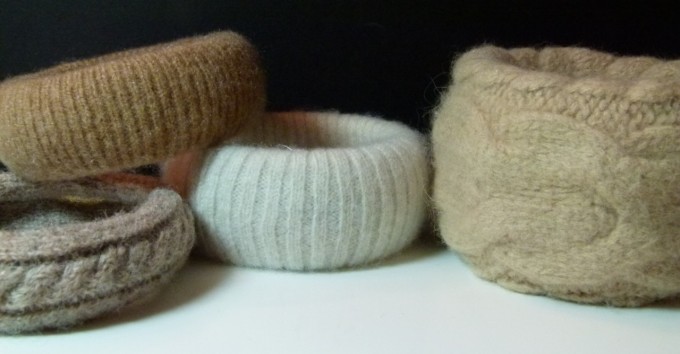
I saw this great pin on Pinterest.com the other day for these terrific looking knitted bangle bracelets by leftcoastknits.
Now I can knit, and I used to knit a lot, but I was I could never get beyond the basic knit and purl stitches. No complicated cables and rope stitches for me. And since I was usually knitting something for felting, that was all I needed to know. If you can do these fancy stitches, then just click the link to Ravelry.com and happy knitting!
For those less coordinated readers, you might want to try what I did with similar results to the Ravelry knit ones.
First I dragged the kids to the mall and went in search of cheap bangle cuff bracelets. The cheapest ones I could find were at Forever 21, so I picked up 4 of them in varying widths. It doesn’t matter how ugly they are since you’ll be covering it up.

I’m always scouring the local thrift shops for inexpensive wool or cashmere sweaters for a few dollars a piece. Sometimes I’m lucky enough to find a good one that will fit Amanda and I send it down to her at college, but mostly I buy them to felt, so it doesn’t matter if it’s got a few moth holes or it’s already a little mis-shapen from an unexpected trip in someone’s washing machine. I throw them in the wash on the hottest setting and they naturally felt up and bind together. I’ve got a big project I plan on working on this winter with all of the sweaters I’ve been collecting and my new overlock sewing machine.
But in the meantime, I knew I had some great sweater scraps from previous projects that would be perfect for this project, so I pulled out some sweater pieces in the colors I had in mind, matching them to the bracelets. I had just picked up a nice wool cardigan at the thrift store that I’d felted already, and it had a nice small cable going down the front of it that would be perfect for the final bracelet.

I matched up the bracelets with the sweater scraps.
Then I got my work area prepared. I needed fabric glue, (I used Beacon Adhesive’s Fabri-Tac glue, which worked really well), inexpensive or disposable brushes for the glue, (I buy these by the bag for my woodworking projects), good fabric scissors and some craft scissors.

Gather all of the materials you'll need before you start. This glue dries quickly and you have to work fast.
Then, once I decided which bracelet size was most appropriate for which sweater piece, I started. Taking the first bracelet and sweater piece, I made sure that the edge of the sweater piece was straight. Then I measured roughly for length by wrapping it around the bracelet and cutting the piece a little long. I did the same for the width – rolling the fabric inside the bracelet and cutting it a little long. My goal was to join the middle seams if possible inside the bracelet.

Then I started by applying glue on about half of the outside of the bracelet. At first I had put the glue in a paper cup to use, but I found that squeezing it directly onto the bracelet was easier. Lay the sweater piece on your work surface and, starting at the beginning of the glued area, roll the bracelet over the fabric, bring careful to keep the sweater straight as you roll.
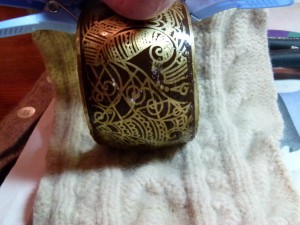
Repeat with the second half of the bracelet. When you get back to where you started, carefully cut the sweater so your end seams but together. You may need to apply a little extra glue to get a good, tight seam.
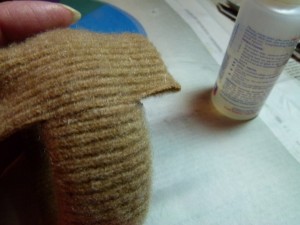
Now apply glue to the inside of the bracelet. I found this easiest to do one side at a time, and I did seem to have to trim a little triangle off of the seam corners to get it to fit properly. It’s OK if your seams don’t but together perfectly on the inside, but you don’t want them to overlap.
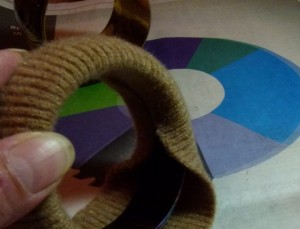
One of the bracelets wasn’t flat on the inside, but had a concave shape to it. For this one in particular I found it helpful in the short drying time to wad up some non-stick aluminum foil and press it into the center of the bracelet. Some clothespins were helping in keeping it in place while it dried. If you’re having trouble keeping any seam down you might want to try something like this technique.
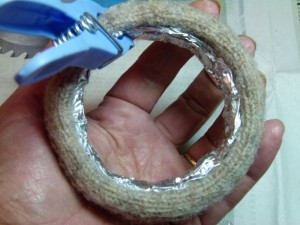
That’s it! I finished 4 bracelets in less than an hour. Now I’ve got some great bangles to wear with this new sweater I bought for fall.


